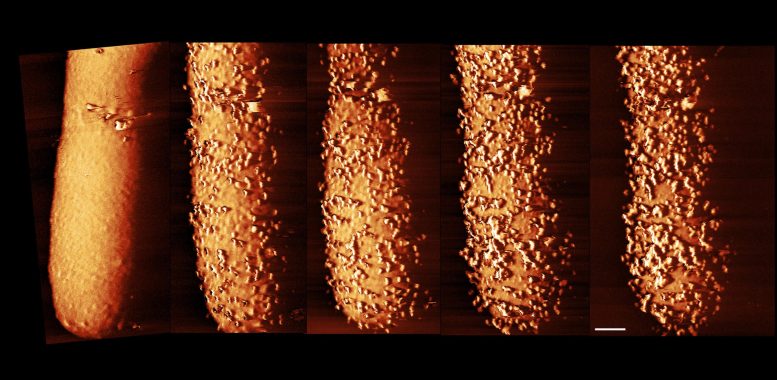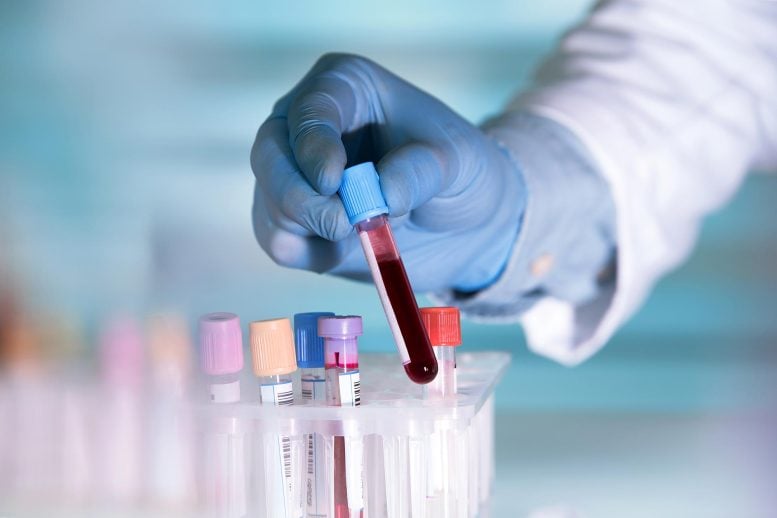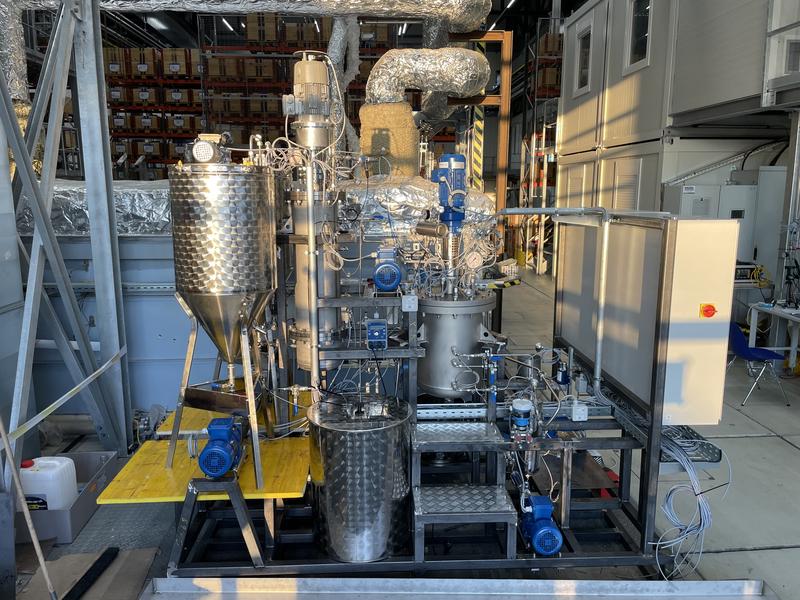Polymyxins, recognized as vital last-resort antibiotics, have been shown to disrupt the protective armor of bacteria, a revelation that holds significant implications for treating persistent infections. Researchers discovered that these antibiotics compel bacterial cells to overproduce and subsequently shed their protective layers, effectively rendering them vulnerable. However, a critical limitation of polymyxins is their ineffectiveness against dormant bacterial cells, which remain unharmed during treatment. This phenomenon raises questions about the mechanisms behind recurring infections, as dormant bacteria can evade antibiotic action, leading to treatment failures and relapses. Understanding this dynamic is essential for developing more effective therapeutic strategies.
The key takeaway from this research is the potential to enhance antibiotic efficacy by targeting dormant bacteria. By devising methods to activate these dormant cells prior to administering polymyxins, healthcare providers could significantly improve treatment outcomes for chronic infections. This insight not only deepens our understanding of bacterial behavior but also paves the way for innovative approaches in antibiotic therapy, emphasizing the need for a multifaceted strategy in combating antibiotic resistance and persistent bacterial infections.









